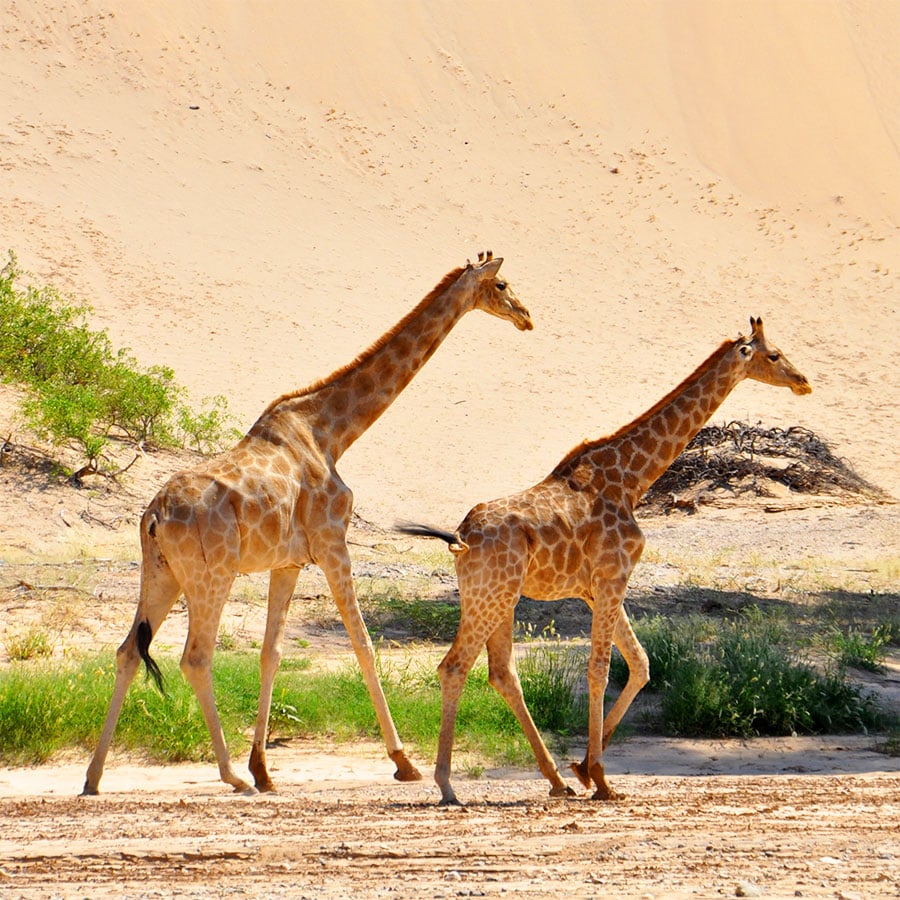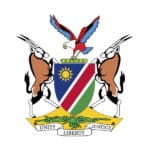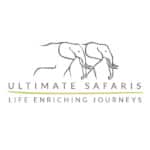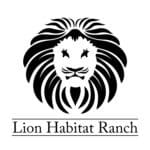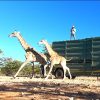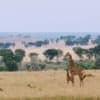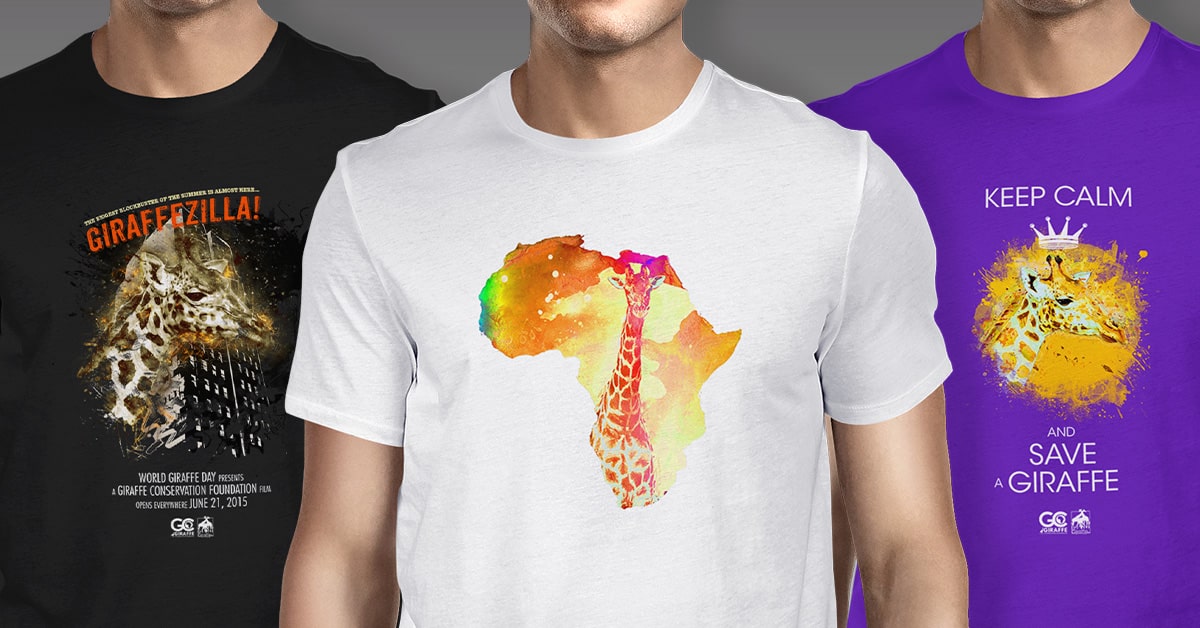This conservation initiative is the first long-term ecological monitoring effort on the desert-dwelling Angolan giraffe in north-western Namibia.
The programme collects, collates and disseminates information – both popular and scientific. This information is useful locally and internationally for government, NGOs, communal conservancies and other interested partners to help with the conservation and management of Angolan giraffe.
Surprisingly, this programme is one of the first ever long-term ecological monitoring efforts of giraffe in Africa. As part of our larger Namibian countrywide programme, we work closely with communal conservancies in order to develop the first-ever Giraffe Conservation Status Assessment (Country Profile) in Namibia. This document provides an important baseline to inform the development of the first-ever National Giraffe Conservation Strategy for Namibia, a potential future initiative of the Namibian Ministry of Environment, Forestry & Tourism (MEFT). Furthermore, the invaluable data obtained from this work is fed back to local communities and communal conservancies as well as into the first-ever formal IUCN RedList assessment of Angolan giraffe in collaboration with the IUCN SSC Giraffe & Okapi Specialist Group.
Namibia’s northwest is one of the last remaining wildernesses on the continent and home to a plethora of desert-adapted wildlife including elephant, black rhino, lion, leopard, cheetah, mountain zebra, oryx, springbok, and of course, giraffe. Giraffe roam widely in the region and evidence of their long-term existence can be found in the rock engravings by the indigenous San people.
Giraffe occur throughout the northern river catchments of the twelve major westerly flowing ephemeral river systems that occupy the hyper- to semi-arid areas of western Namibia. Many of the ephemeral rivers end in the Namib Desert within the Skeleton Coast Park. Seasonal rainfall in these catchments is the major driving force behind their occasional flow, and when strong enough, results in the rivers flowing into the Atlantic Ocean. In 2019, our study area expanded to cover a total area of approx. 30,000km2 that is ecologically linked as wildlife roams throughout the area. The riparian woodlands of the catchment areas are the main source of life for all larger mammals of the region, from wildlife to domestic stock, as well as humans. Our work primarily focuses on the area south of the ephemeral Ensengo, Nadas and Khumib Rivers in the far north, down to the catchments of the Hoarusib and Hoanib Rivers. The area extends from communal conservancies (Marienfluss, Orupembe, Sanitatas, Okondjombo, Puros and Sesfontein Conservancies) in the east to the Skeleton Coast National Park bordering the Atlantic Ocean to the west.

